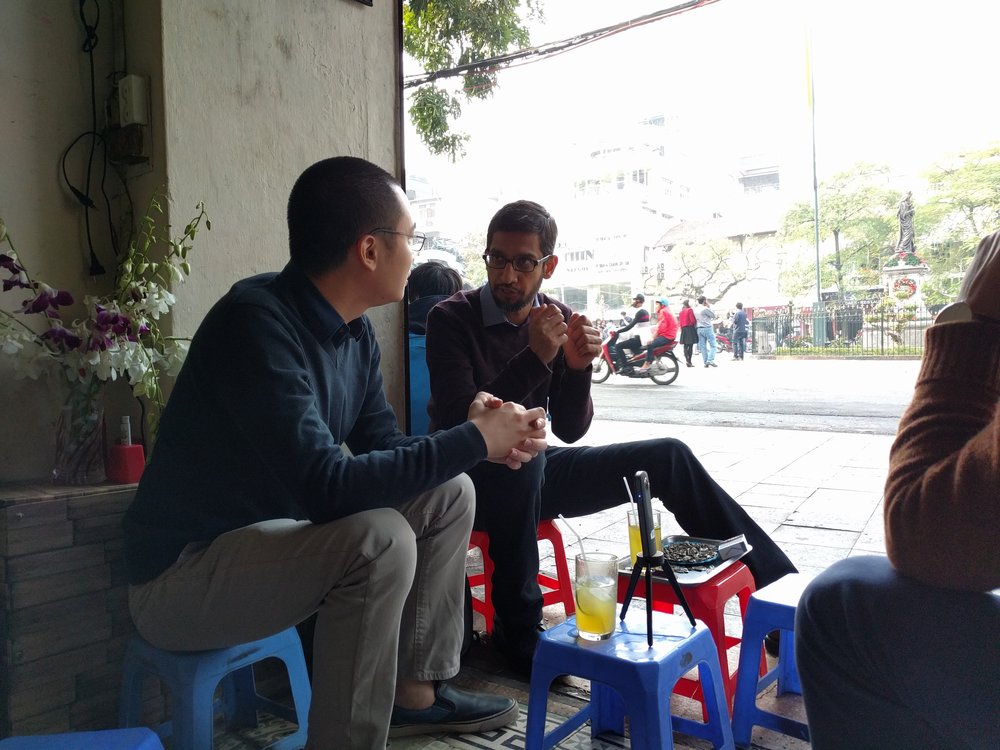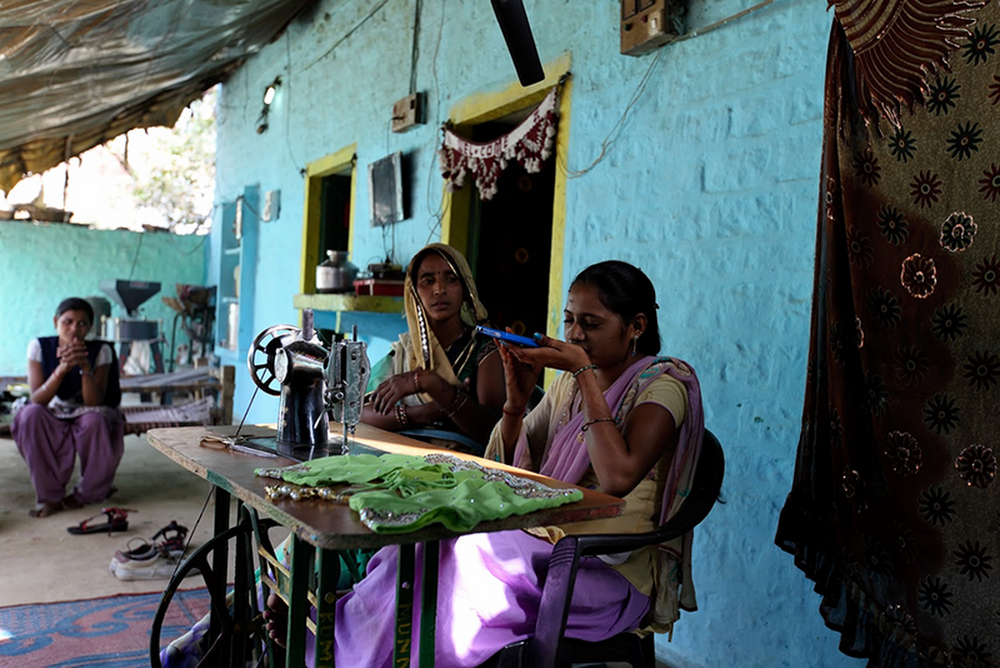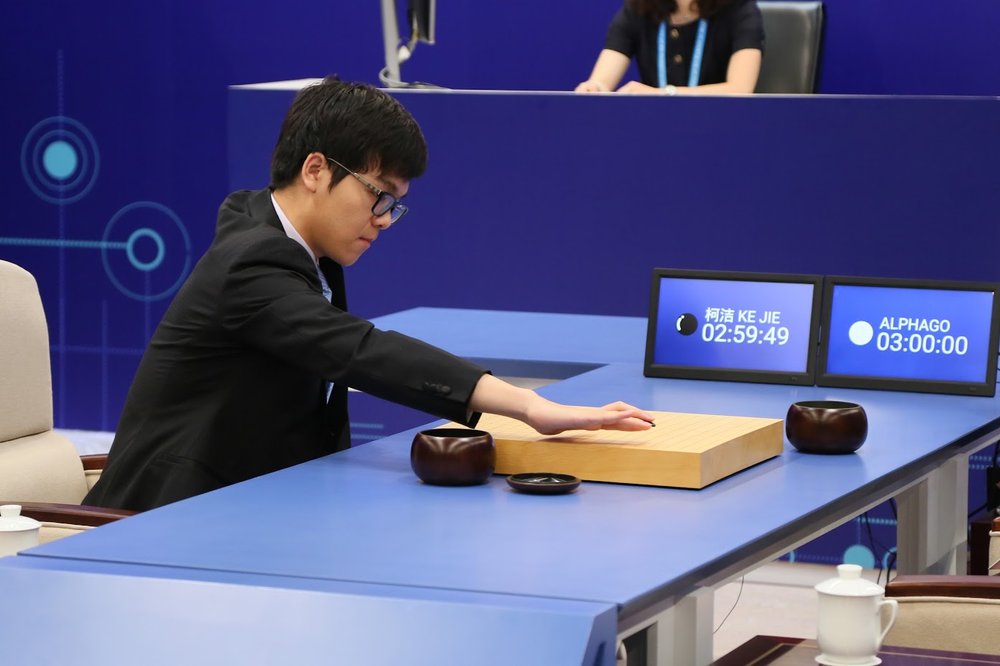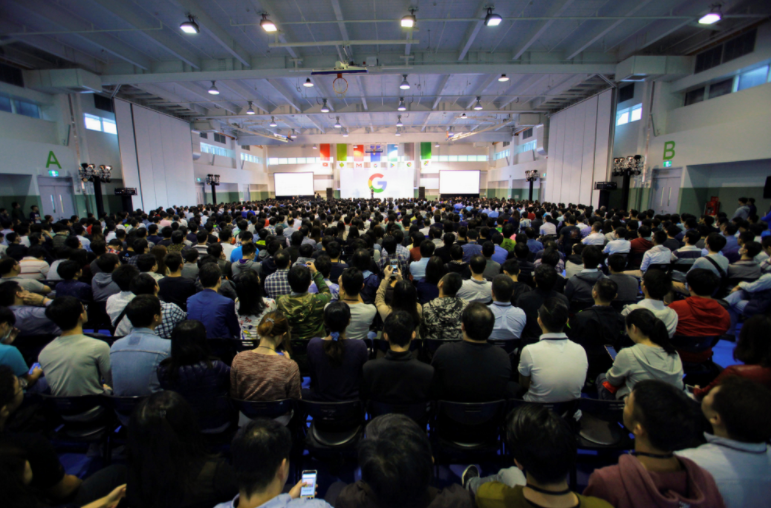Twenty years ago this month, Google opened the doors of its first overseas office — in Tokyo. The office was rudimentary by today’s standards (the music system was a portable cassette deck). But our founders knew the Asia Pacific region would be central to Google’s mission of making information universally accessible. More importantly, Google also had an enormous amount to learn from the region.
Over the past 20 years, Google’s commitment to Asia Pacific has steadily deepened, and we’re proud to have helped support the region’s extraordinary growth. Today, 2.5 billion people are online here, almost all of them on mobile. We’re honored they use Google’s tools to improve their lives: finding jobs, learning new skills, building businesses, and pushing the boundaries of technology. It’s clear there remains huge, untapped potential for the future if we can continue to lay the foundations with the right investments and initiatives.
To mark the occasion, we wanted to reflect on some of the moments and themes that have defined Google’s 20 years in Asia.
1. Silicon Valley to Shibuya
That first nondescript office in Tokyo’s Shibuya neighborhood was a long way — in both scale and decor — from the
















